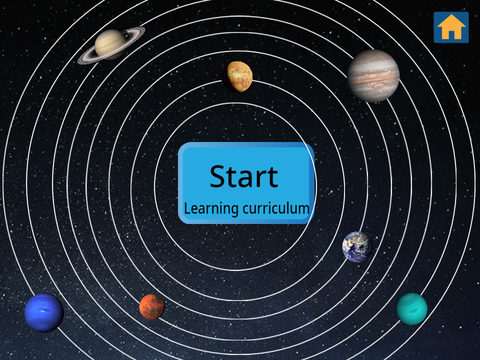A West Coast Estuarine Case Study: A Novel, Predictive Approach to Monitor Estuarine Eutrophication
The Project
Estuaries are wetlands where freshwater from streams mixes with salt water from sea. Also known as “kidneys of our planet”- they are extremely productive environments that filter pollutants, absorb floods from sea level rise,and shelter a unique ecosystem. However, eutrophication and loss of native species are ailing our wetlands. There is a lack of uniform data collection and sparse research on correlations between satellite data and in situ measurements. Remote sensing (RS) has shown great promise in environmental monitoring. This project attempts to use satellite data and correlate metrics with in situ observations, collected at five U.S. west coast estuaries. The 5 west coast estuaries under study were: San Francisco Estuary, Elkhorn Slough, Tijuana Bay, South Slough, and Padilla Bay. Images for satellite data were processed to calculate 7 bands (SIs) using Python. Average SI values were calculated per month for 23 years. Publicly available data from estuaries was used to obtain 10 parameters (OPs). Average OP values were calculated per month for 23 years. Linear correlations between the 7 SIs and 10 OPs were made and found to be inadequate (correlation = 0 to 44%). Fourier transform analysis on 7 SIs was performed. Dominant frequencies and amplitudes were extracted for 7 SIs and four machine learning(ML) model algorithms were trained, validated, and tested for 10 OPs. The OPs saw improved R2 values in the range of 96.1% to 99%. This novel approach can be used to get periodic analysis of overall wetland health with satellite indices. It proves that remote sensing can be used to develop correlations with critical parameters that measure eutrophication in situ data and can be used by practitioners to easily monitor wetland health.
Team Comments
I chose to make this project because...I noticed the problems ailing our wetlands: degraded water quality, eutrophication, invasive species. I also stumbled upon research to measure Arctic ice changes by pairing remote sensing with machine learning. This led me to question: Can satellite indices be used to monitor estuarine health?
What I found difficult and how I worked it outWhile correlating in situ parameters with satellite indices, I ran into a problem. Linear regression proved to be futile. Confused, I made time series plots and was amazed to observe periodic trends. After extensive research I used Discrete Fourier Transform - my correlation drastically improved!
Next time, I would...This project offers a powerful tool over point sampling methods through easy monitoring of remediation efforts, historic perspectives and causes and effects. In the future I hope to build an app that can correlate data for any wetland and look for hints on the effects of climate change on wetlands.
About the team
Team members
More cool Education projects

WILD ANIMALS
Scratch

Fun Maze
Games
